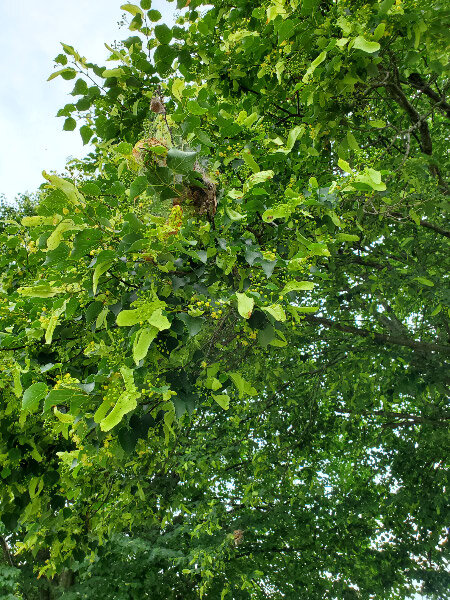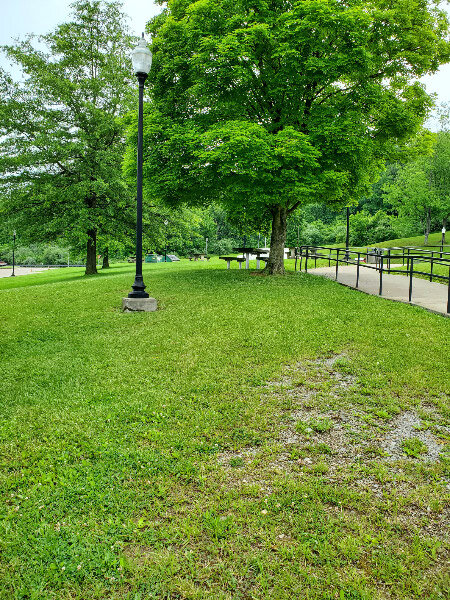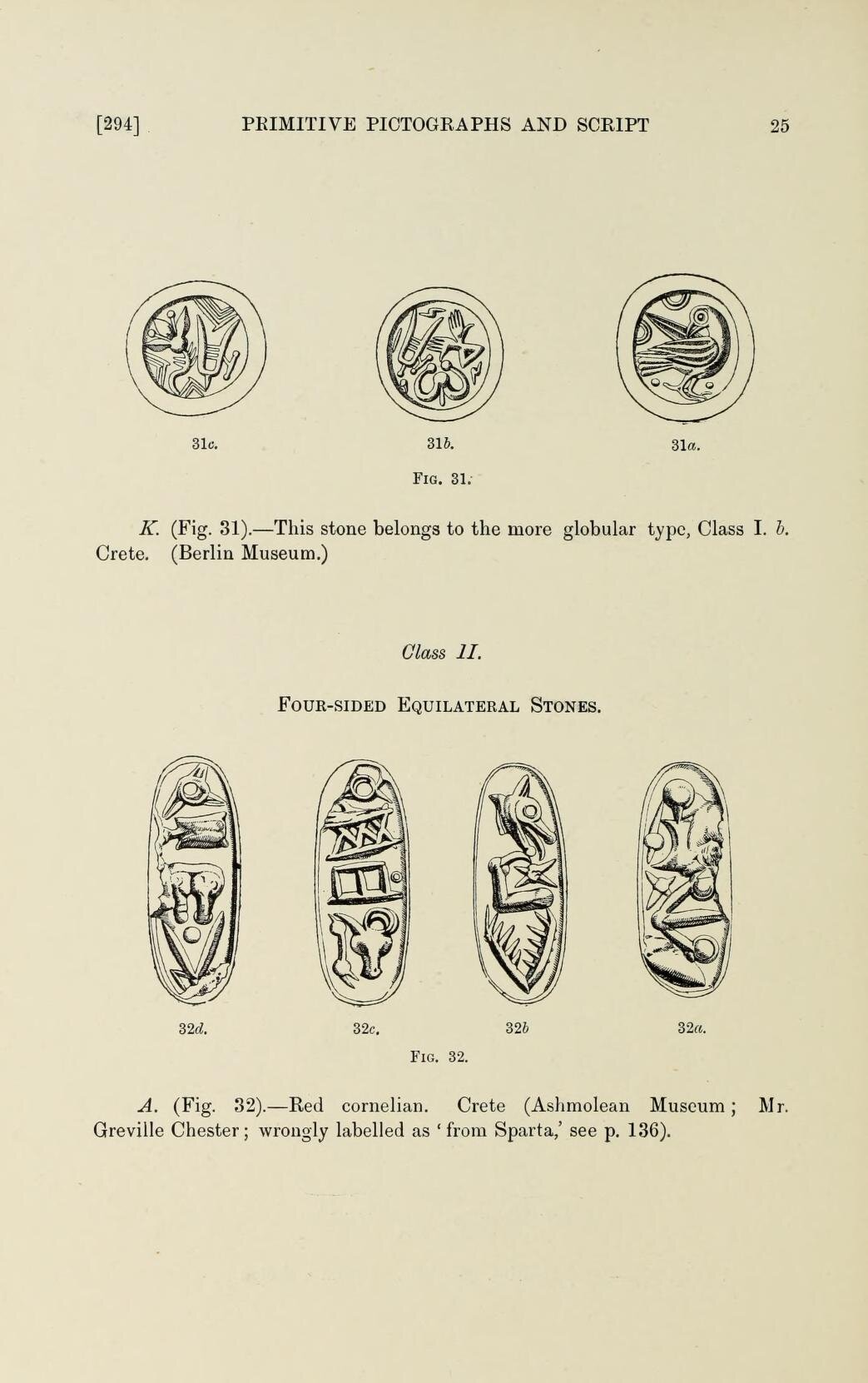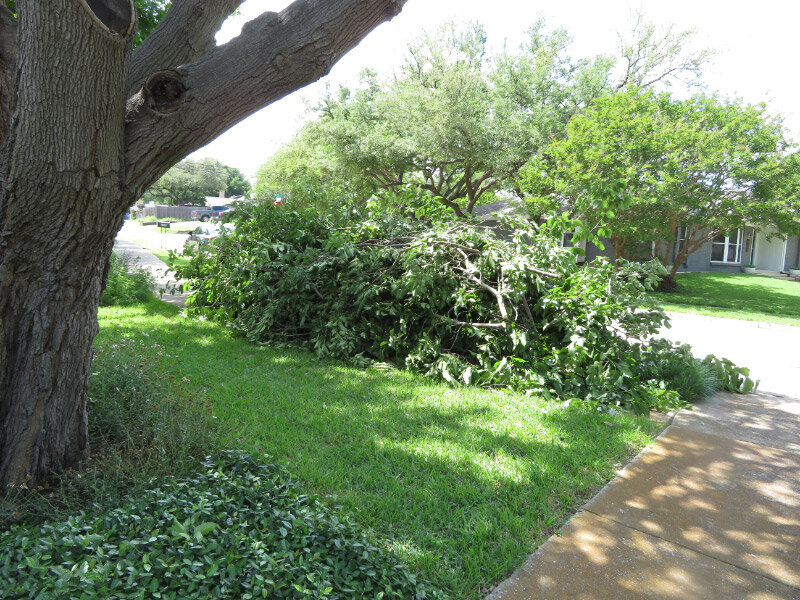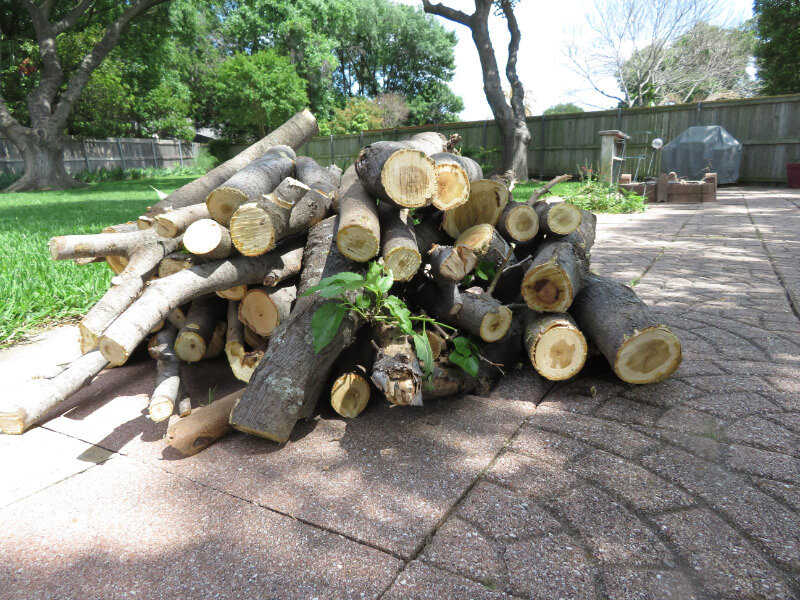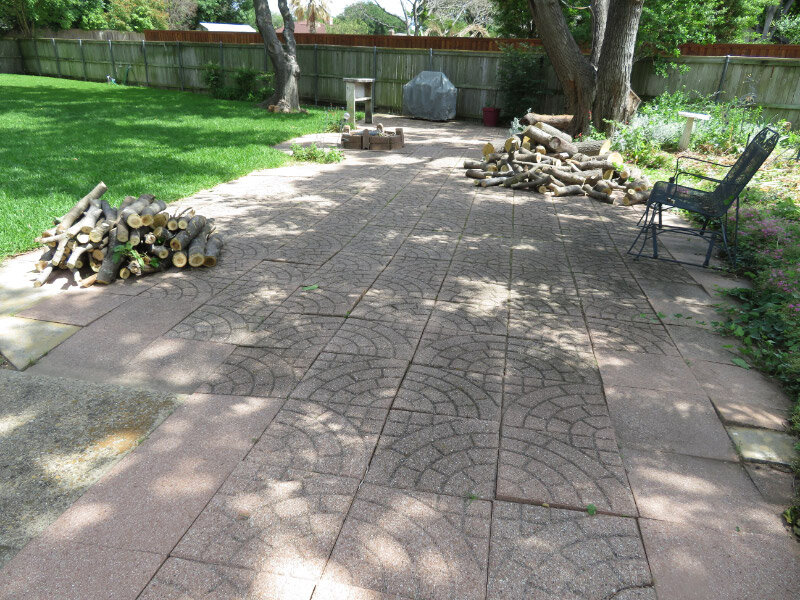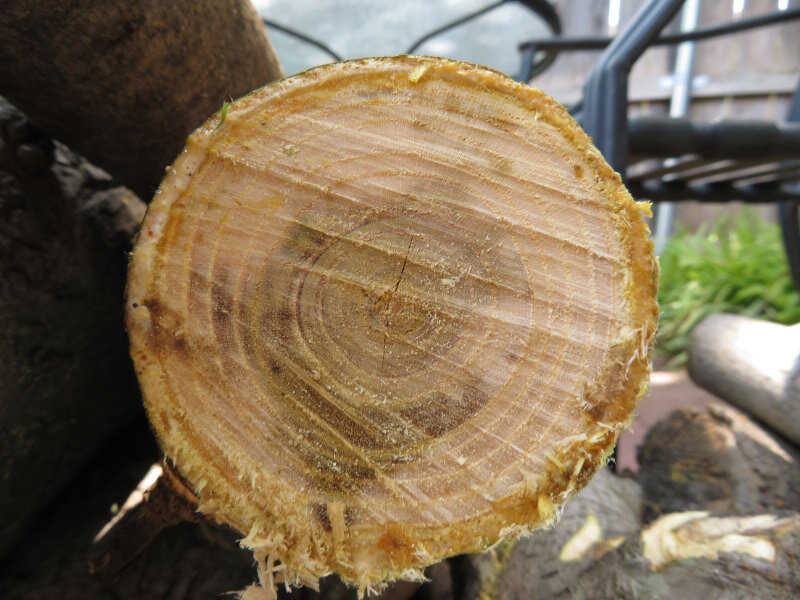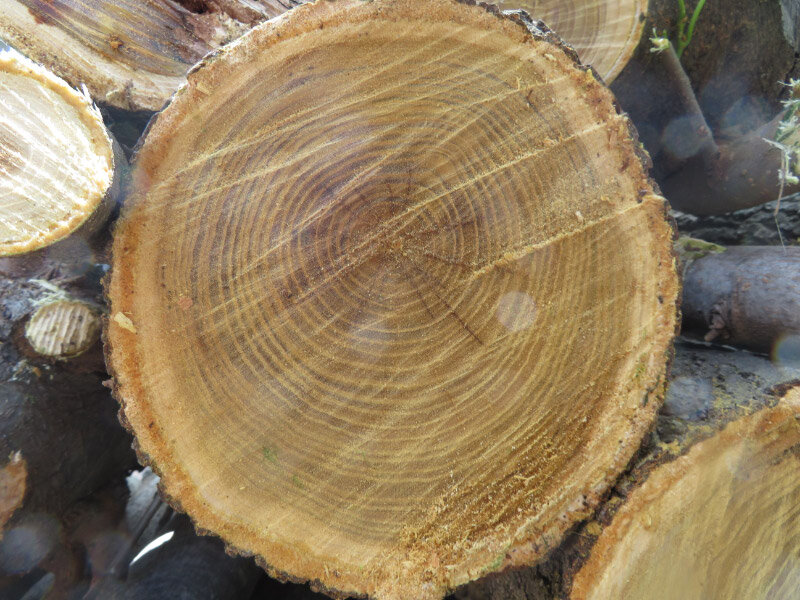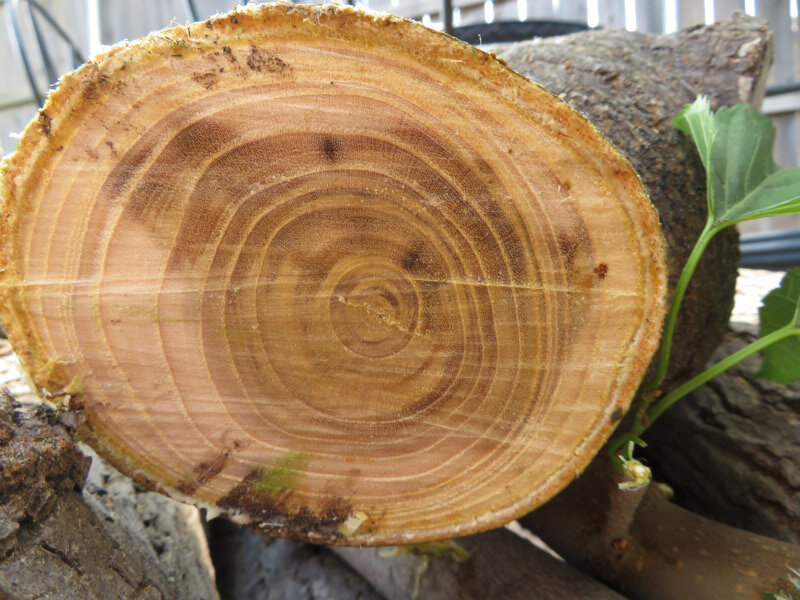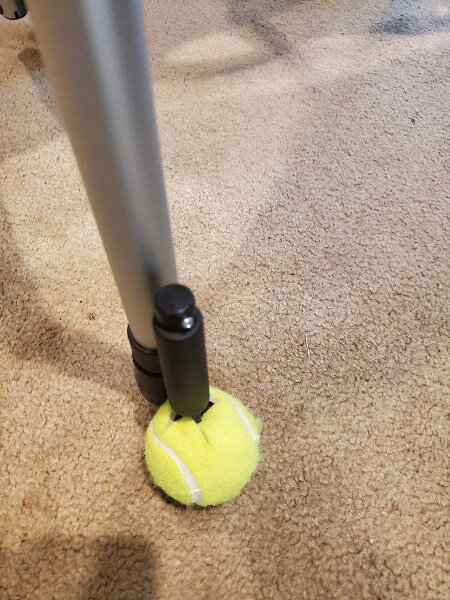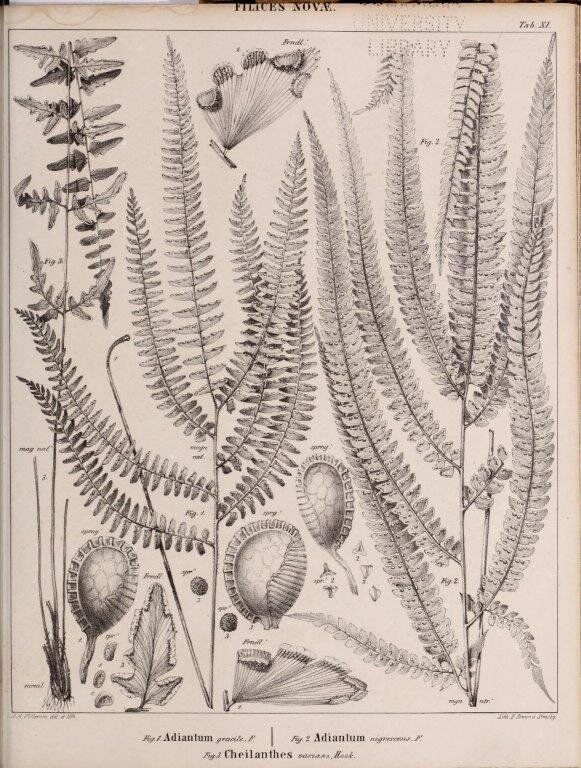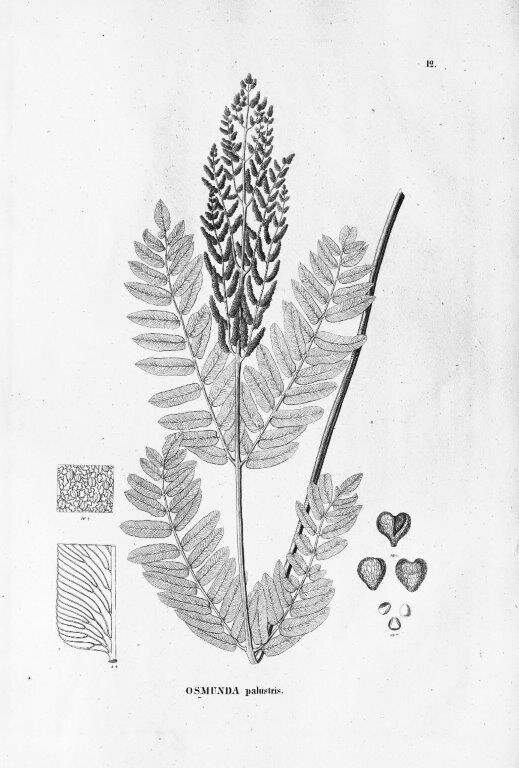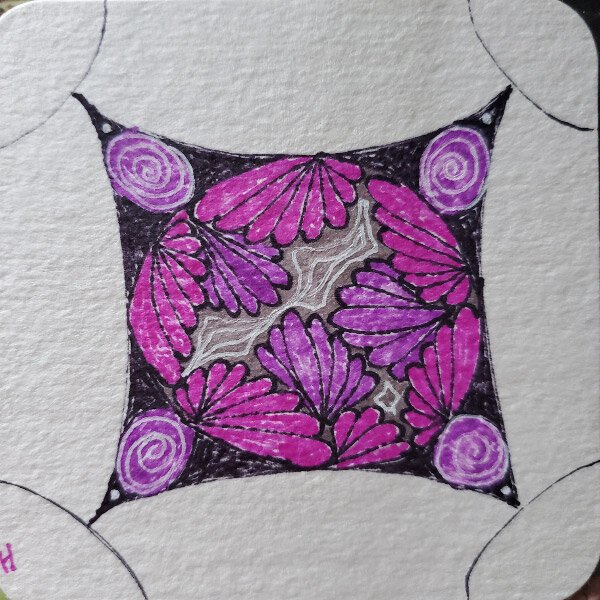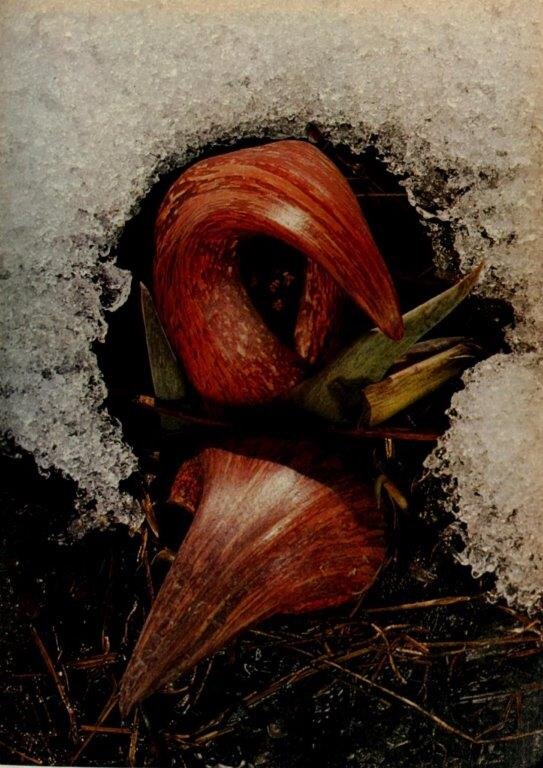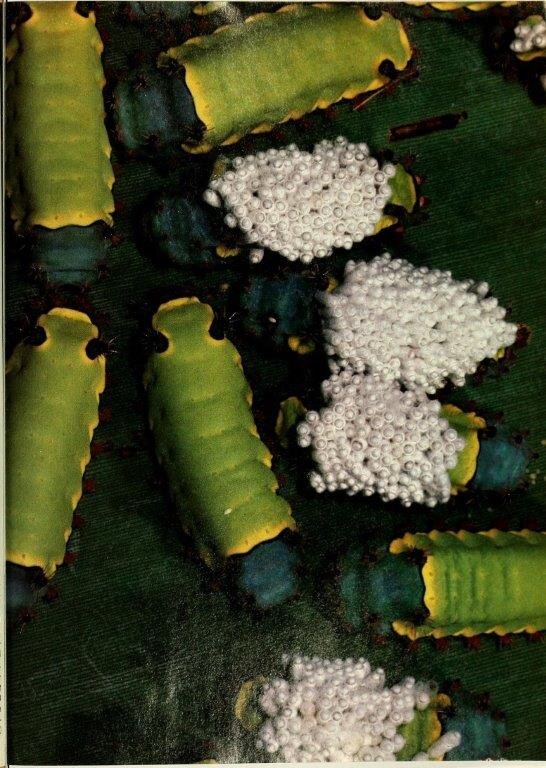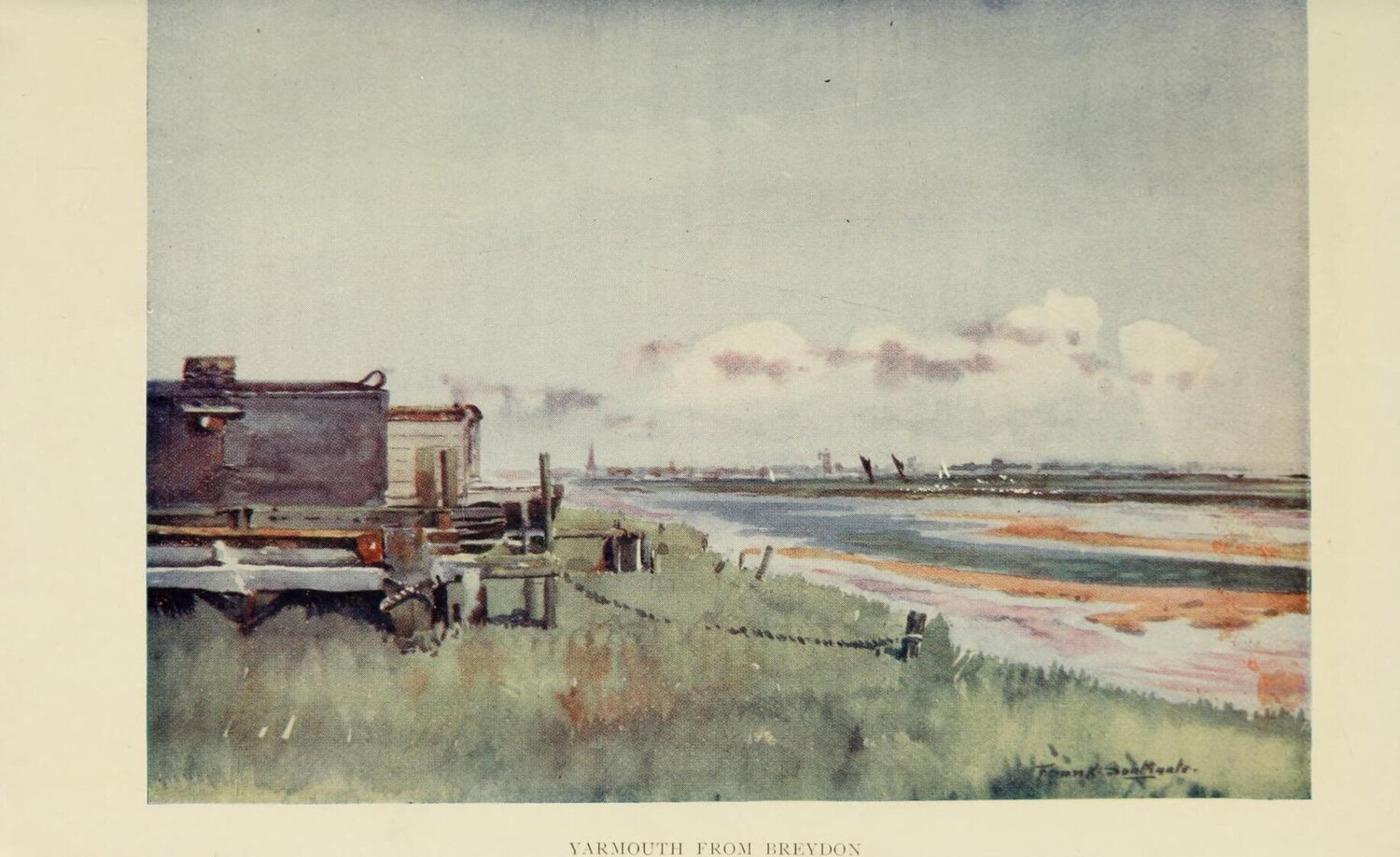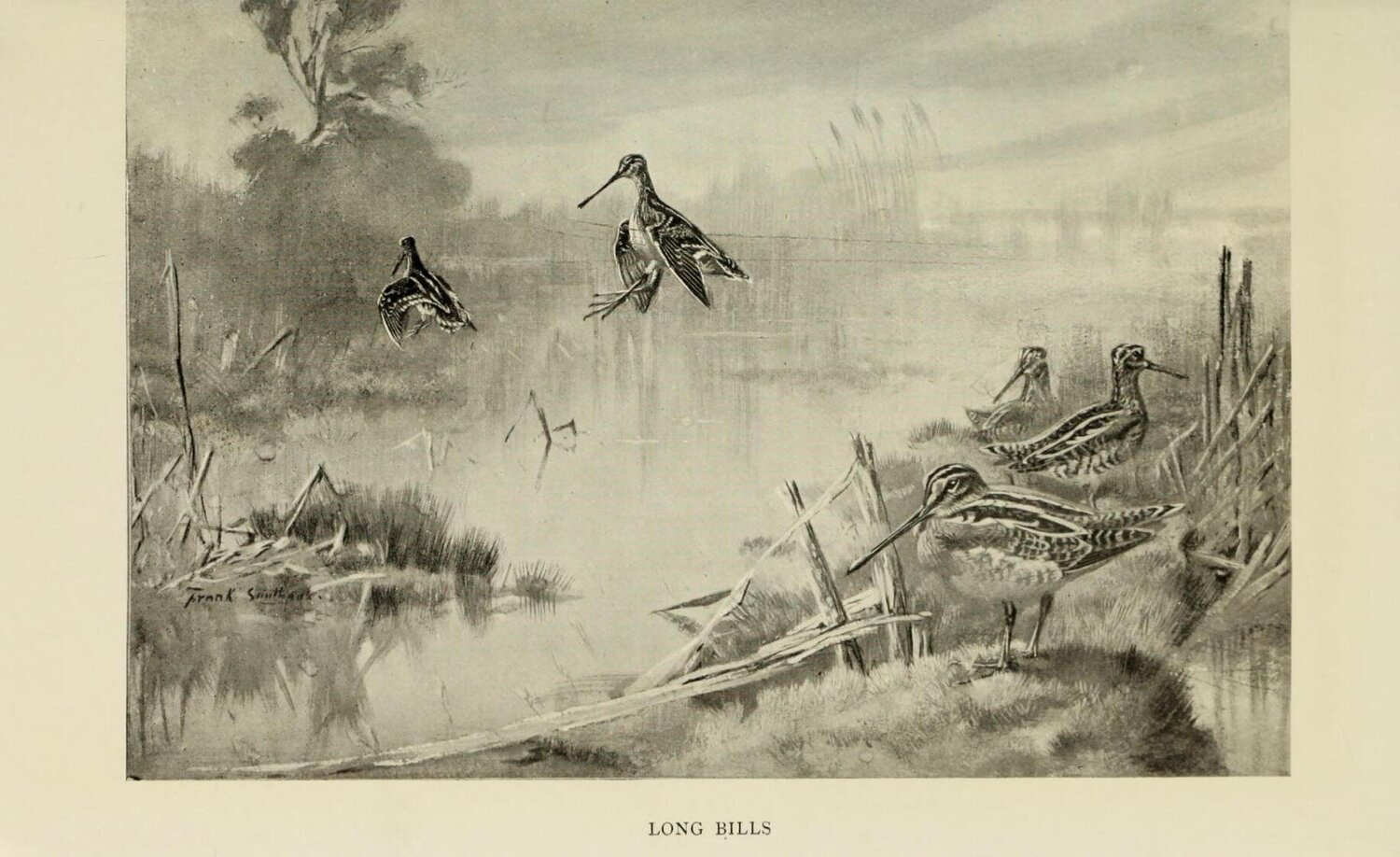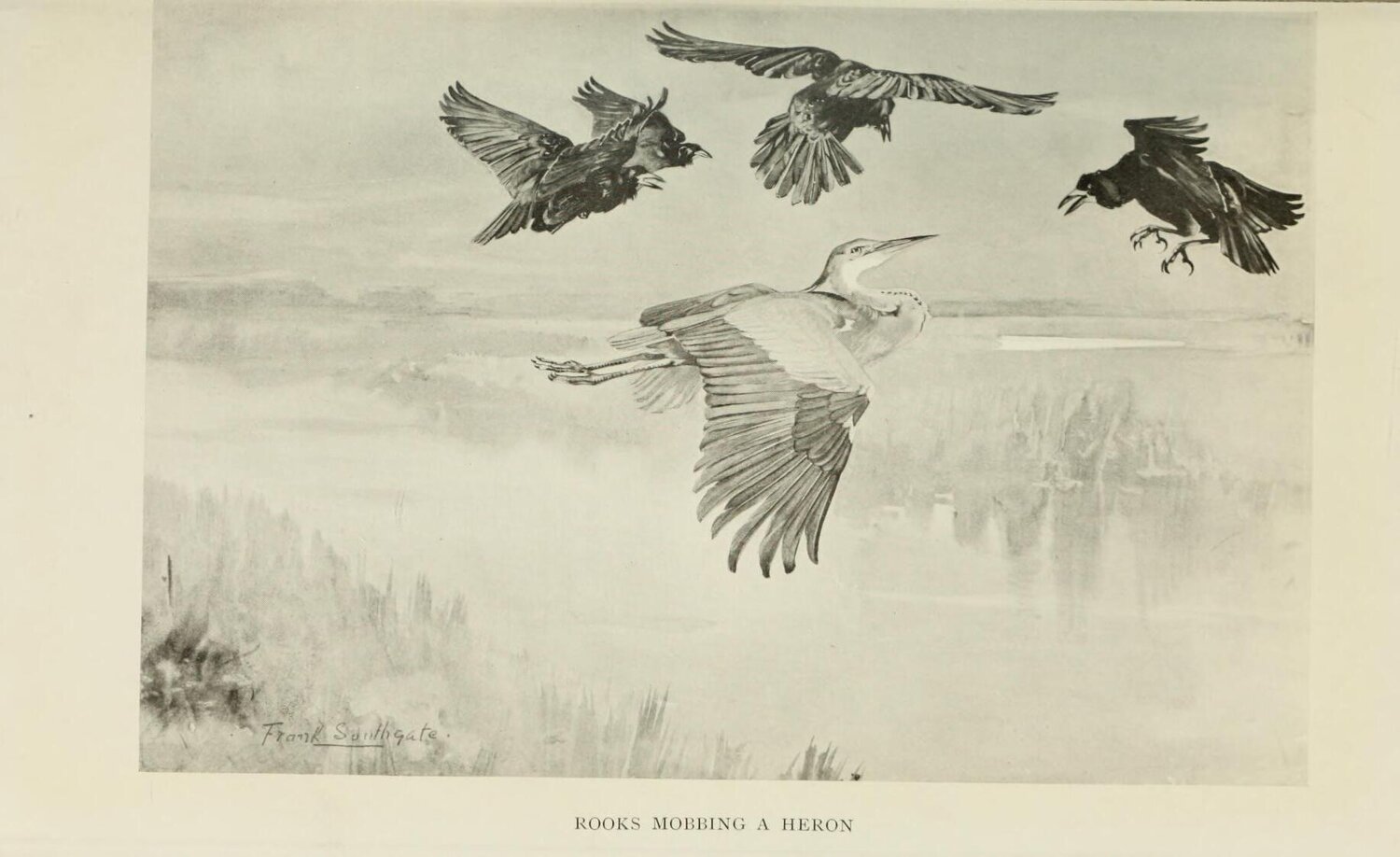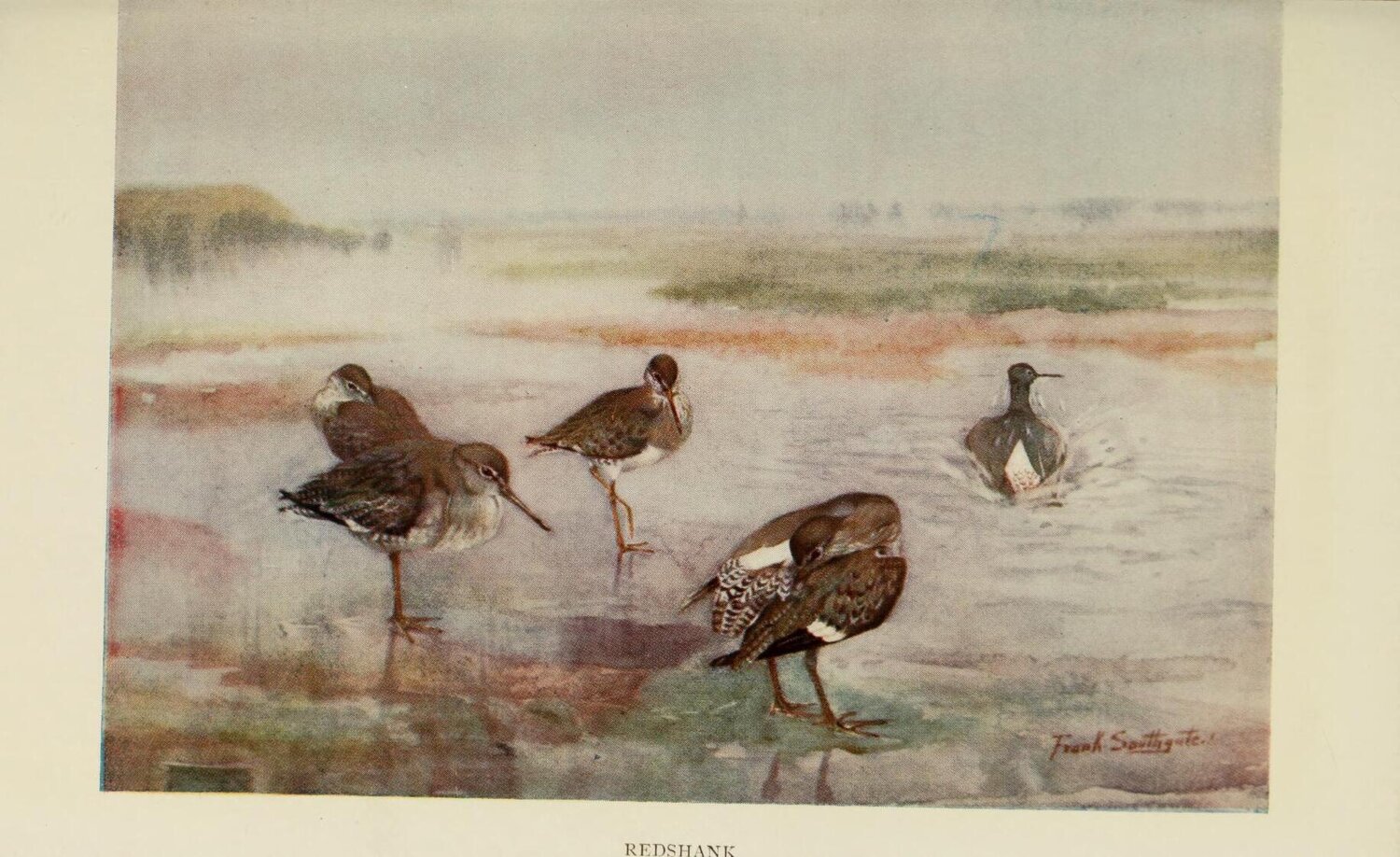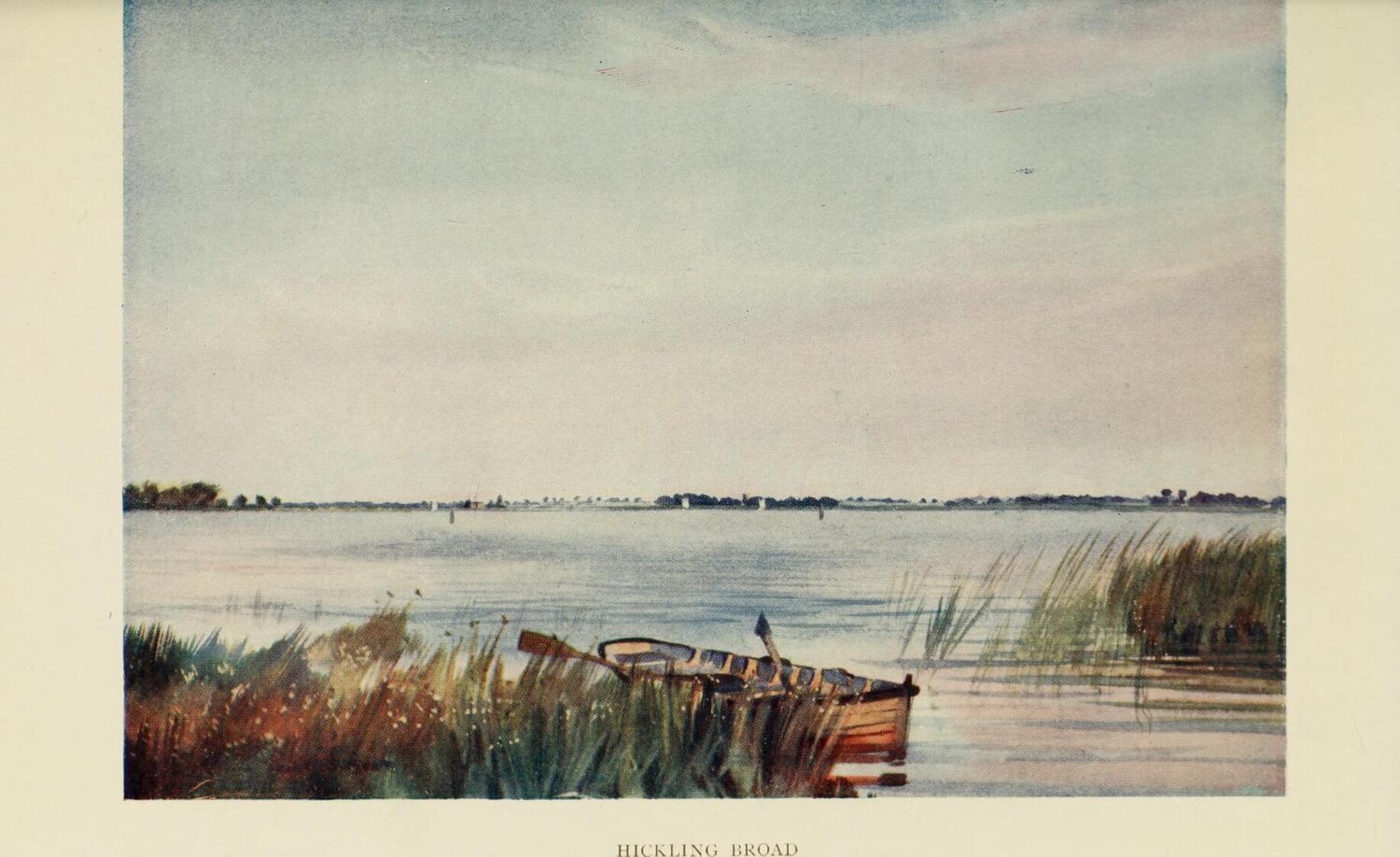Road Trip Home
/The closet in the guest room of my daughter’s house in Springfield MO was the best….but after being away from Maryland for more than 6 weeks (in Texas and Missouri), I was very ready to head for home. It was a rainy morning as I started out at 7 AM. I stopped as I was backing out and rolled down the window to take a picture of the rosebush by the driveway.
I’d selected a different route than my previous road trips between Missouri and Maryland with the beginning and end segments the same as before: Springfield MO to St. Louis MO via I44 (the same), St. Louis to Charleston, WV via I64, Charleston WV to Morgantown WV via I79, Morgantown WV to Hancock MD via I68 and the I70 for the rest of the way home (the same). I made a stop for the night in Lexington KY which was slightly more than halfway.
My first stop was to buy gas about 1.5 hours into the drive. It was a rest stop as well and I bought a Stuckey’s pecan roll remembering that I always wanted to try one as a child and not remembering if my parents ever bought one for me. It was way too sweet, but I managed to eat half that first morning and the rest on the second morning of the road trip. The rest of the stops that day were at interstate rest stops – which I prefer – except the last one for buying gas so that would have a full tank for the next day. I also picked up a chicken teriyaki bowl from Subway for my dinner at the hotel. The drive was easy – no accidents and the few places the road was under construction did not slow be down much; I made it to the hotel within half an hour of the prediction my car’s nav system had made when I first put in the destination.
The second day was an even better road trip day. I got off an hour earlier…just as it was getting light. The highway was in good condition all the way and very scenic (Kentucky, West Virginia, and Maryland). The traffic was light (not many trucks) and I enjoyed the curving roads through the Appalachians and Alleghenies. The rest stops were less than an hour apart and I stopped at most of them; I only needed one stop for gas – shortly before I got into Maryland. I was in Maryland by noon and home by 3 PM.
This route will be my first choice from now on; I’ll be retracing it in July when I head back to Missouri and then Texas. I will probably choose a different hotel…one that is easier on/off and not at so close to the center of Lexington. Otherwise, I’ll do everything else about the same: use the interstate rest stops when I don’t need gasoline, eat food I already have the car during the trip as much as possible, wear a mask when there are a lot of people around.









